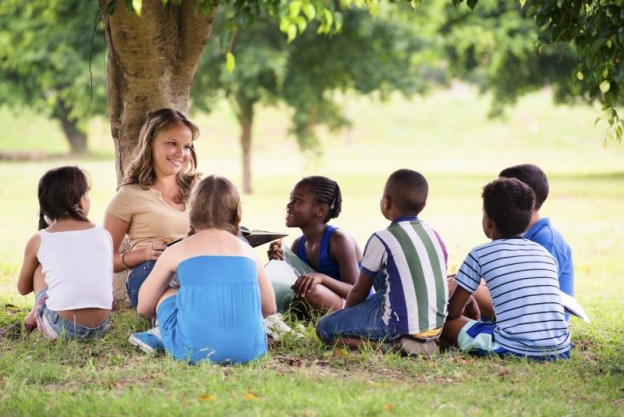
Special Education
4 Ways Your Child with Special Needs can be Included Outside of the Classroom
Inclusion is not a program that is meant for the classroom only. Inclusion is an attitude that permeates every facet of school life. In a truly inclusive school, all students are included in all appropriate activities to the best of their ability. If you find that your child is only included in his or her classroom, approach the teacher and offer these suggestions:
1. Field Trips
As the weather warms up and the end of the school year approaches, classroom teachers are likely to take their students on field trips. Teachers who practice inclusion always plan for field trips that can include and accommodate their students with special needs. Parents may be asked for help during the field trip (ie. for medical assistance or transportation reasons) but are generally not needed because of the support that the school already provides (ie. a Paraeducator). If you realize that your child is not being included in class field trips, be sure to talk to the teacher and offer ways to support your child’s participation and how you can help.2. Assemblies
Assemblies can be a difficult situation for any student. During assemblies, students are expected to sit in a large room, on the floor, cross-legged and keep their hands still. This situation is even more unbearable for kids with sensory, attention deficit issues or physical disabilities. Rather than excluding a child who has difficulty sitting through an assembly, alternate arrangements can be made. Adaptations such as providing another form of seating, altering the time spent in the assembly, or seating the child in another location are reasonable requests of your child’s school. Assemblies are meant to unite the school, provide information, present ideas and celebrate learning and your child should not miss out!3. Recess/Lunch on the Playground
Including students with special needs during the regular school recess and/or lunch hour provides many valuable opportunities for social and emotional growth. This is a time in the school day that some schools will take away from children who are having difficulty (with behavior, for example) but yet it a time that children actually need! With the correct supports in place, inclusive schools encourage students of all abilities to interact appropriately with one another on the schoolyard at the same time. Recess and lunch times can even be adapted to the student’s needs by creating structured group activities, shortening times, guiding transitions and providing safe boundaries. If your child’s school provides an alternate recess or lunch time for your special needs child, ask for a reason and suggest alternatives that could be more inclusive.4. Science Fair, School Plays, Band and Sports Days
Sadly, I have seen schools limit extra activities such as Science Fairs to high-achieving students. This does not accurately reflect the population that might be interested or excel in the sciences! As good schools and teachers know, a child can demonstrate their skills and strengths in many different ways; not just through pencil and paper work. Therefore, children who demonstrate an interest and skill in a particular area, should be encouraged to participate in school-wide activities such as Science Fair, teams or bands. While this inclusion may require some juggling of schedules, modification of activity or parent participation (particularly if this is an after school activity), it is well worth the time so that all students receive equal access to school life.For more information about inclusion in the school setting, visit The Inclusive Class.


